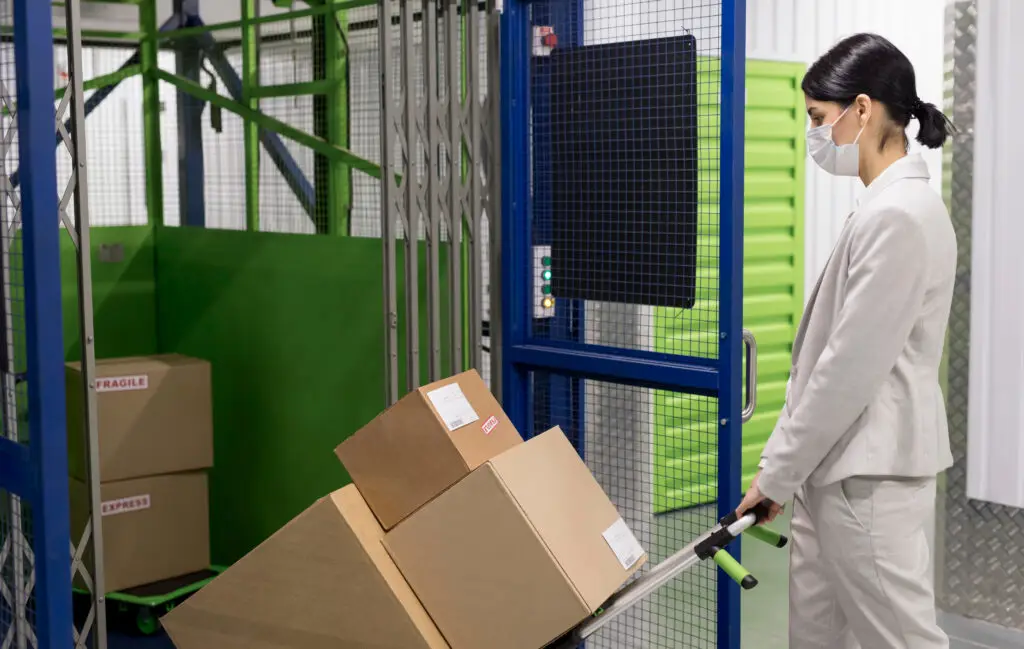Technologies are changing the logistics and supply chain landscape at an unprecedented pace. CIOs and IT leaders must help their organizations adapt in this changing world.
The logistics trends are structured around the idea of “people-centric smart spaces,” which means considering how these technologies will affect people (i.e., customers, and employees) and the places where they live and work. Rather than building a technology stack and then exploring the potential applications, organizations must consider the business and human context first.
Hyperautomation
Hyperautomation is the combination of multiple machine learning (ML), packaged software and automation tools to deliver work. Hyperautomation refers not only to the breadth of the pallet of tools, but also to all the steps of automation itself (discover, analyze, design, automate, measure, monitor and reassess).
Understanding the range of automation mechanisms, how they relate to one another, and how they can be combined and coordinated is a major focus for hyperautomation.
This logistics trend was kicked off with robotic process automation (RPA). However, RPA alone is not hyperautomation. Hyperautomation requires a combination of tools to help support replicating pieces of where the human is involved in a task.
Transparency and traceability
2019 has seen the launch of new track & trace initiatives from some carriers and large supply chain operators. Generally speaking, small actors have not yet made a mark – although they are uniquely positioned to get a head-start and be the first to market as large, traditional organization struggle with digital transformation.
Digital innovation timelines double
Through 2021, digital transformation initiatives will take large traditional enterprises, on average, twice as long and cost twice as much as anticipated.
Large organizations will struggle with digital innovation as they recognize the challenges of technology modernization and the costs of simplifying operational interdependence. Smaller, more agile organizations, by contrast, will have an opportunity to be first to market as larger organizations exhibit lackluster immediate benefits.
Workers orchestrate business applications
By 2023, 40% of professional workers will orchestrate their business application experiences and capabilities like they do their music streaming services.
Historically, organizations have offered employees a “one-size-fits-all” application solution. Regardless of job description or needs, each employee operated within the same business application. Employees fit their job to the application — sometimes to the detriment of their own job.
In the future, business units or central IT will receive capabilities in building block form, enabling them to create individual “playlists” of applications customized to specific employee needs and jobs.
Sources
- Gartner Identifies the Top 10 Strategic Technology Trends for 2020
- Gartner Top Strategic Predictions for 2020 and Beyond
- Gartner Top 10 Strategic Technology Trends for 2020






